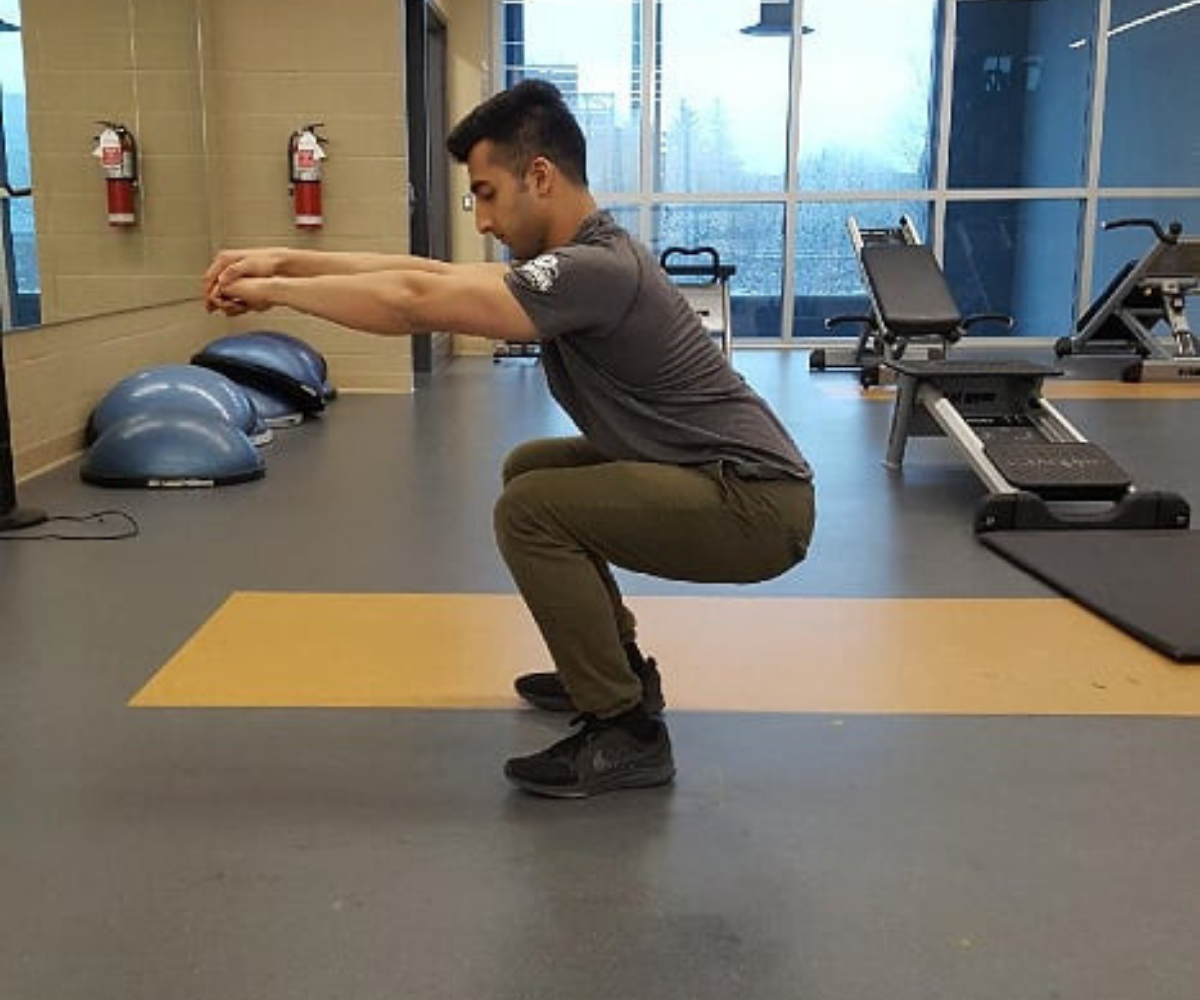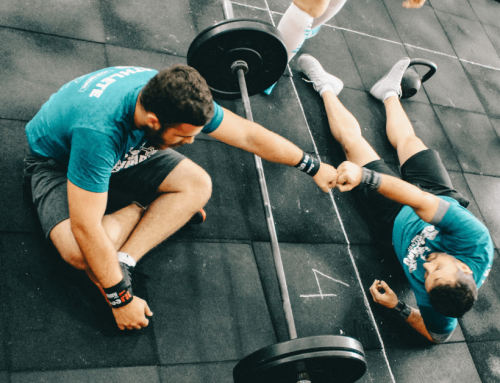Squatting is a fundamental human movement pattern and is the foundation of many workout programs so getting it right is pretty important.
Keep reading to learn about the benefits of the squat, technique and modifications. Having one of our Personal Trainers review your technique, prescribe the right type of squat for you is a great idea.
Why Squat
Squats help build muscle – they promote body-wide muscle building by creating an anabolic (muscle building) environment in the body
· Squats burn calories faster – they help build muscle, which makes the body become more efficient at burning calories
· Squats help with mobility and balance – Strong legs are essential for staying mobile as you get older. Squats develop leg strength and they work out your core stabilizing muscles. These muscles help you to maintain balance, while improving the communication between your brain and your muscle groups, which helps prevent falls.
· Squats help strengthen your lungs and heart – The effort required to squat helps strengthen your cardiac muscles and improve your lung capacity, especially once you start adding weights.
· Squats can help prevent injuries – Most athletic and workout injuries involve weak ligaments, connective tissues and stabilizer muscles (muscles that are not directly involved in a movement, but work to keep you steady so that your primary muscles can do their job). Squats actually help to strengthen these supportive tissues, which can mean the difference between an injury or not.

Technique
· Stand with feet slightly wider than your hips, toes pointed forward and slightly outward.
· Look straight ahead You’ll want to look at this spot the entire time you squat
· For a bodyweight squat put arms straight out in front, parallel to the ground. Keep spine in a neutral position. This means do not round the back, also do not hyper extend or over accentuate the natural arch of the back.
· Weight on the feet should be on the heels and the balls of the feet, wiggle your toes is a good cue.
· Break at hips and push butt back, keep sending hips backwards as the knees begin to bend. It is important to start with hips back, and not by bending at the knees.
· Keep back straight, neutral spine, chest and shoulders up.
· Focus on keeping knees in line with your feet. Many new lifters need to focus on pushing knees out so they track with the feet.
Modifications
If you experience difficulties or discomfort performing a proper squat –talk with a trainer, take your time to work on mobility and practice, practice… it will pay off. A trainer can properly assess issues, prescribe the right type of squat for you and the appropriate weight reps and sets.
Here are a few modifications to get you started
· Stability Ball Wall Squats
· Choose a range of motion—go lower or stay higher if knee pain
· Sit-to-Stand Squat
· The Stand-to-Sit Squat
· Add weight


